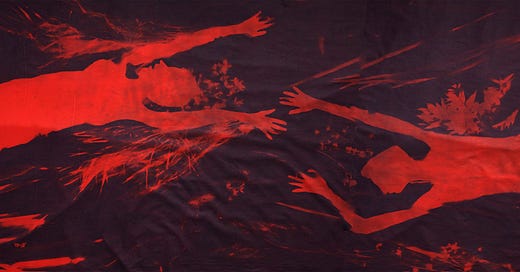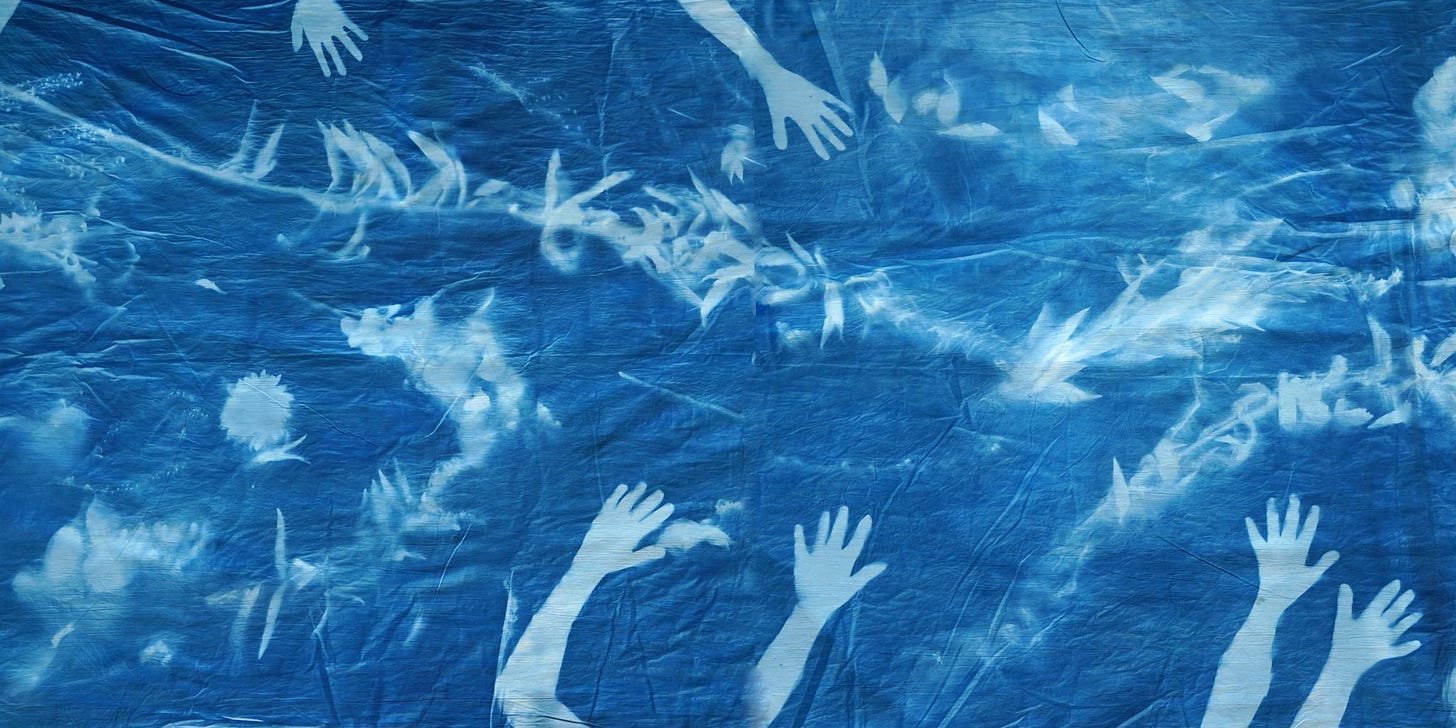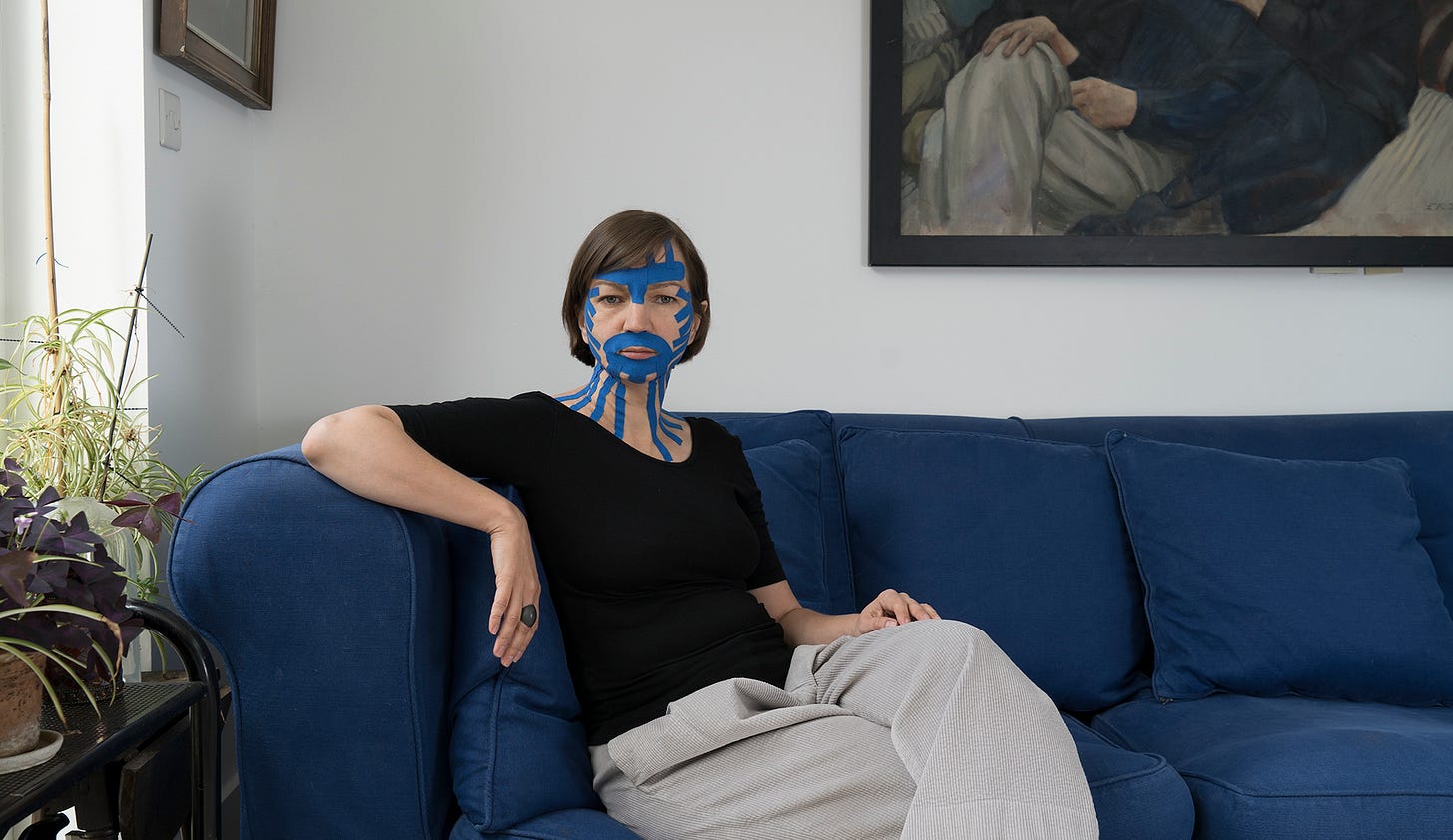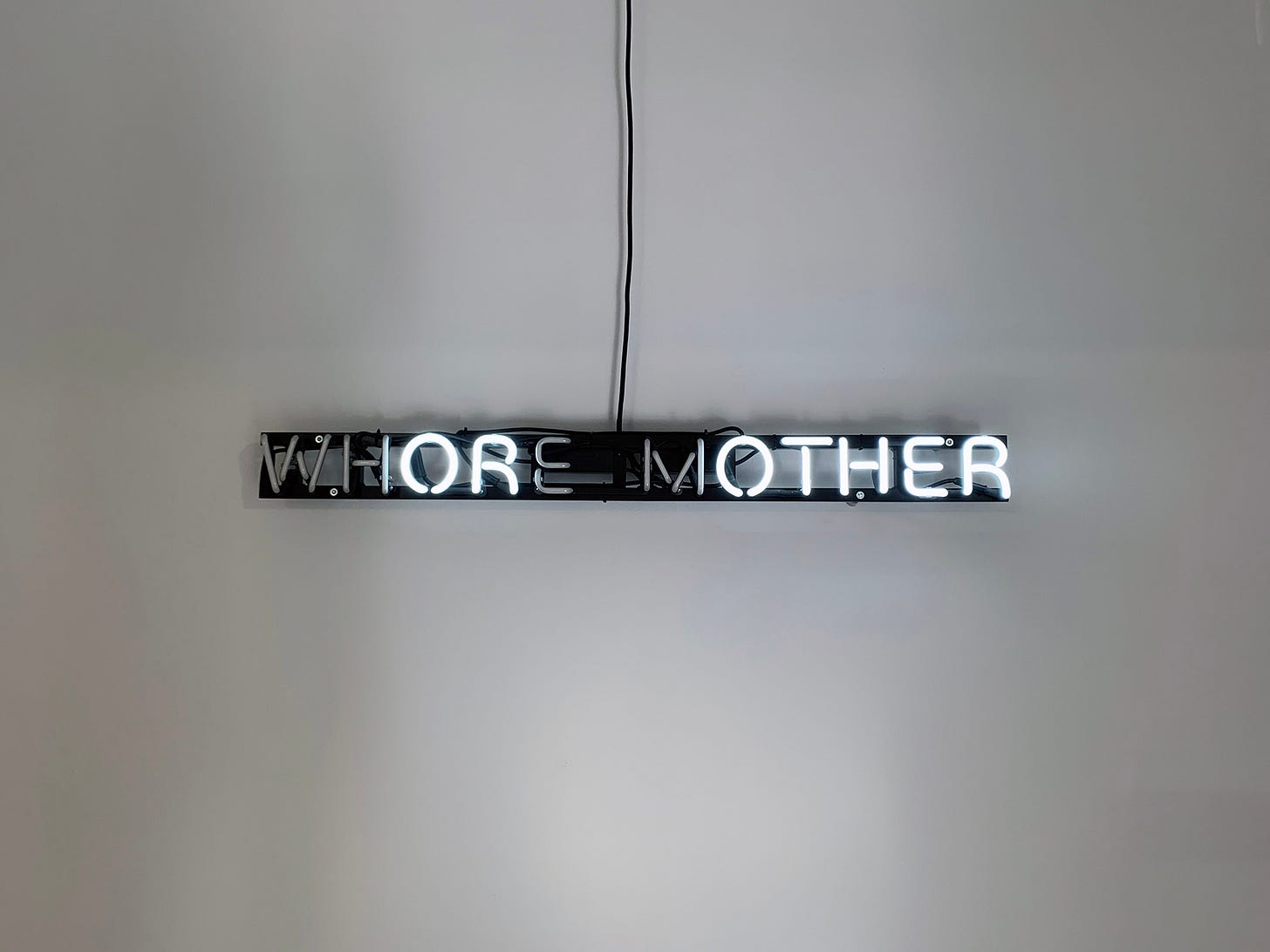We'd like to welcome you to ‘Shortcuts,' our end-of-month 6-question interview on our Substack platform, followed by a six-day daily takeover of our Instagram account by the featured artists and galleries. Please take a moment to click here to subscribe to our Instagram if you haven't already. Now, without further ado, please welcome artist Maria Kapajeva.
Maria Kapajeva is an artist working between the UK and Estonia, with a strong international exhibition presence. Her practice explores themes of identity, particularly the experiences of those in transitional or liminal states, bringing overlooked narratives into focus. Kapajeva employs a multidisciplinary approach, incorporating found and vernacular photographs, video installations, textiles, embroidery, and participatory art. Deeply rooted in feminist perspectives, Kapajeva draws from personal histories—such as her upbringing in Narva during Estonia’s transition to independence—to explore broader social and political transformations.
Currently pursuing a practice-based PhD at the Estonian Academy of Arts, she continues to challenge inherited structures of power through both theory and creative practice. In recent years, her work has responded to a global climate marked by conflict, rising extremism, and the erosion of human rights. Rather than turning inward, Kapajeva sees this moment as a call to strengthen community, foster care, and resist the divisions that fuel violence. Her art becomes a space for reflection, solidarity, and the possibility of change—one that invites us to consider our own roles in shaping a more just and connected world.
Kapajeva’s work has been exhibited internationally and is held in the collections of institutions such as the Museum of Contemporary Art Kiasma (Finland) and the Tartu Art Museum (Estonia). Her book Dream is Wonderful, Yet Unclear received widespread acclaim for its poignant reflection on post-Soviet womanhood, told through the lens of a textile factory where her mother once worked. She is the recipient of numerous awards, including the Cultural Endowment of Estonia’s Visual and Applied Arts Annual Award (2025), the Wiiralt Fellowship (2023), and the Kraszna-Krausz Photo Book Award (2021). In addition to her solo practice, she leads Circle in Cube, an experimental art program in Tallinn that supports projects exploring gender and queer identities.
What conversations do you hope your work will spark?
i hope my work embraces some kind of empathy
i hope it makes people feel something
even if it might be an uncomfortable feeling
but then it might lead to asking yourself a question
why do i feel this way
i hope my work brings people’s attention to some stories or issues
that they haven’t thought about before or didn’t really think mattered
i hope my work offers a feeling of solidarity and being heard
to the ones who felt lonely in what they are going through
i hope through my work i manage to say that every story matters
especially the stories of people from the margins
that need to be more visible
especially the stories that are nuanced and do not fit
into black-and-white easy narratives
i keep questioning our world through my work
and i am trying to communicate through it
so it is nice when i find someone who listens
hears me and joins in a discussion
Could you describe your creative process? Tell us about one of your projects
this is exactly what i am trying to do now
as part of a practice-based PhD at the estonian academy of arts
to define my artistic process
to describe methodologies
it is a tough task i must admit
to analyze yourself
but if i try to answer your question in a few lines
i would say that often my work starts from me
from what is happening to me or around me
or if i have questions to understand something
and then realize that it might be an issue
that concerns not just me but our society
so i start to research, talk, explore, test, and see
if there is something there that can become an artwork
sometimes conversations or objects inspire me
over the years i have developed various projects on
women’s position and their representation in our society
i keep trying to challenge and question the patriarchal “norms”
and pressures that come toward women

for instance, i have a video work
titled “10 ways of how not to become the invisible woman after 40”
where, dressed in a green-screen ‘invisible’ costume,
i perform 10 instructions that i found online
on exactly how not to become the invisible woman after 40
also i deal with questions of identity, focusing on
in-betweenness
in transition
and it could be women after 40
or a community transitioning from the soviet to a capitalist way of living
or people who forcibly or voluntarily migrated to another place
recently i had an exhibition
“Listen to my scream, hear their dreams” in tallinn at draakon gallery
that focused on the complexity and impact
of the full-scale war in ukraine from various perspectives
by sharing the stories of some people from ukraine who were forced to leave
i hand-embroidered the story of one family who escaped their home in mariupol
but were forcibly taken to russia by russian soldiers
so they had to cross 3000 km to come to estonia
where they are based now
two textile tapestries with two symbolic maps of their journey
called “3000km and 300m” where 300 meters is the distance
from their home to a hospital basement
where they hid for 3 weeks with 220 other people
even though i could create many images based on their story
i felt any image could be too violent
but the hand-stitched words might make someone stop and read them
it is just one story of millions
but it was important for me to tell it
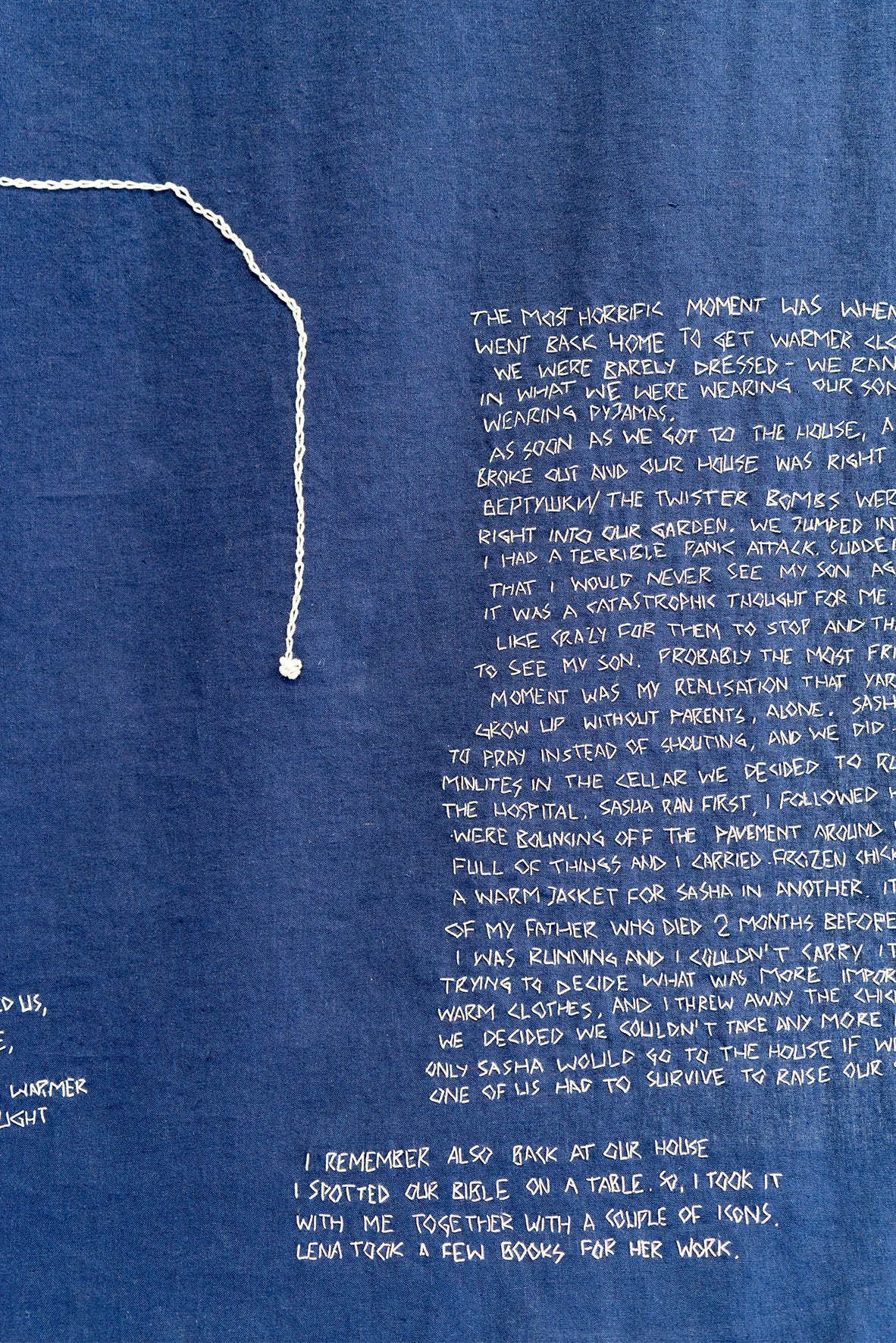
How does your studio or work space (physical or mental) look like?
i live in tallinn
it has been already 1.5 years since i moved into a so-called artist flat
it belongs to the estonian association of artists
i named my studio “circle in cube”
finally, i have a place where i can live and work in one space
it really works best for the way i work
i also need to see lots of sky
and the sea if possible
from my windows
so my flat is at bird-eye level and the sky has no limits
it really helps me breathe think and go to places in my mind
i need to have everything in one place
to avoid that division where some things or books are in a studio
and others are at home
when i lived like that before
it was too much to feel divided
all my life i have felt in-between
never feeling like i belong to one place
thus at least for my living and working
i need to have one place
and i also love bringing people together
for discussions screenings learning and sharing
so from time to time
i organize these kinds of gatherings at my studio
with the help of other wonderful people
who share similar ideas and values with me
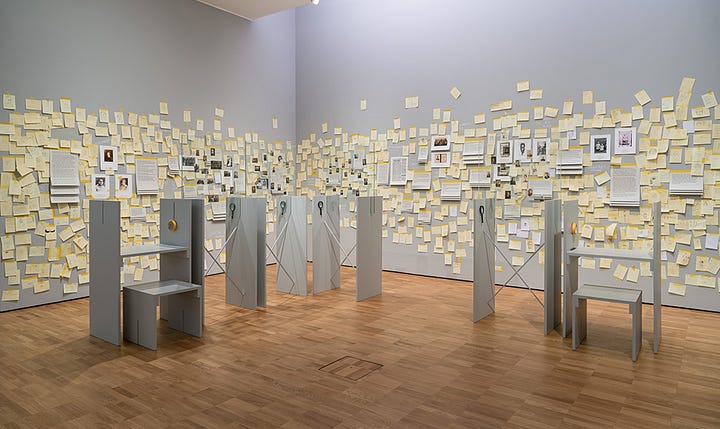
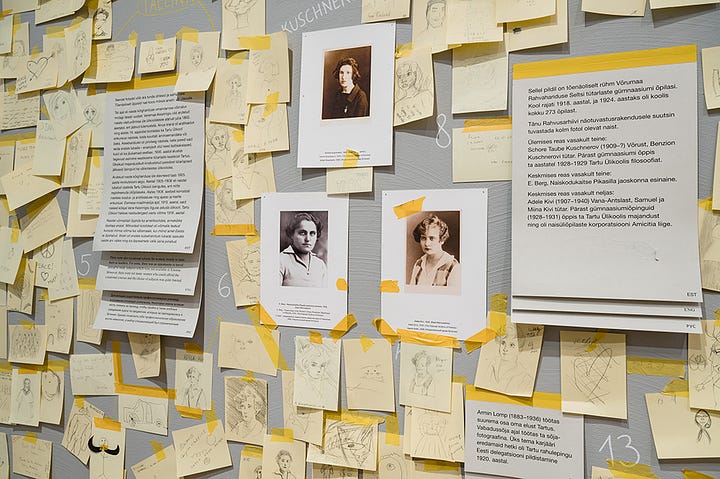
Is your art influenced by where you were born or live now?
oh yes totally
i was born and grew up in narva
a town in estonia that sits right at the border with russia
so the border has not just affected me but it became part of me
i became a border
in so many different literal and metaphorical ways
being in-between
feeling all the time being at the border
is what my living condition and artistic positionality is
over the years i became more aware of it
and now i am developing works that address this position directly
it is something exciting and reassuring
in the fact that you / I dont’t need to identify myself
with one or another label
but just be in-between
fluid but in peace with myself
Who are some of your most important female (womxn) sources of inspiration and influence?
as i am currently doing a practice-based PhD
my focus is more on reading different feminist and decolonial
authors thinkers activists poets writers artists
there are too many to mention them all
but for instance
Gloria Anzaldúa
Sara Ahmed
Audre Lorde
bell hooks
Françoise Vergès
Donna Haraway
Astrid Neimanis
Madina Tlostanova
Svitlana Biedarieva
Kae Tempest
Lola Olufemi
Ocean Vuong
Adania Shibli
Ngũgĩ wa Thiong’o
and many others
also
i always get inspired by
what people do and what kind of conversations we have
with people around me
my friends or who i have met through professional and other gatherings
i keep learning from these people so much
how to be
how to accept yourself and others
how to embrace queerness in myself and avoid any labels
how to take care of each other and all living beings
with whom we share this planet
What personally or professionally excites, worries, or keeps you connected?
i think now there are more worries and concerns around us
than excitement
unfortunately
the war in ukraine
genocide of palestinians
situation of women in afghanistan and other countries
rising popularity of far-right ideas
that always try to reduce the women’s and non-binary people’s rights
to blame for all their faults the most vulnerable members of society
such as communities of transpeople or immigrants and refugees
it is hard to believe
that we need to continue the same battles
that were started by brave people 100 years ago
i really wish more people understood that
by dividing us we don’t reach anything good
but only more wars and violence to come
so we need to continue to see and create
our own communities of support
to keep challenging colonial and patriarchal narratives
to protect what we still have left after centuries of colonialism
that still present in many places
it might all sound like big words
but i believe that each of us can make change
even if it is helping or taking care of one person
having a conversation with one person
creating one artwork that might open new perspectives to one person
we all need to do our parts
to keep taking care of ourselves
and to embrace our communities of care
so i am trying to do my part
and when i see some responses
it really keeps me going
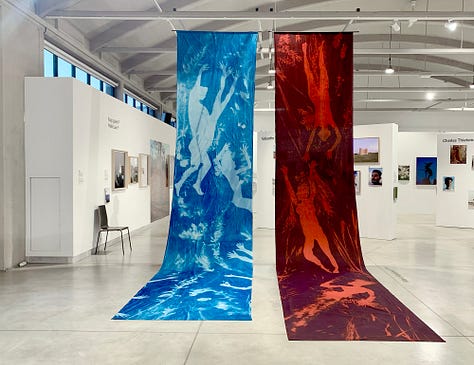
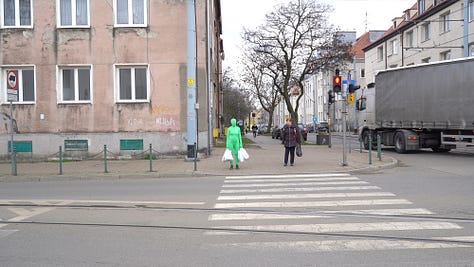
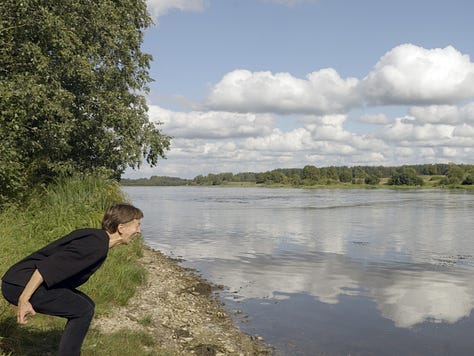

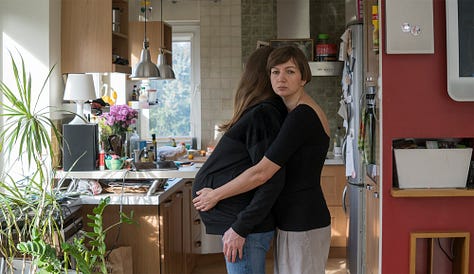

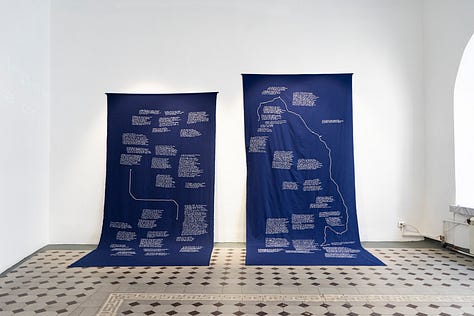
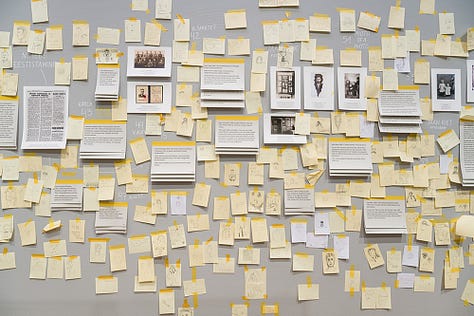
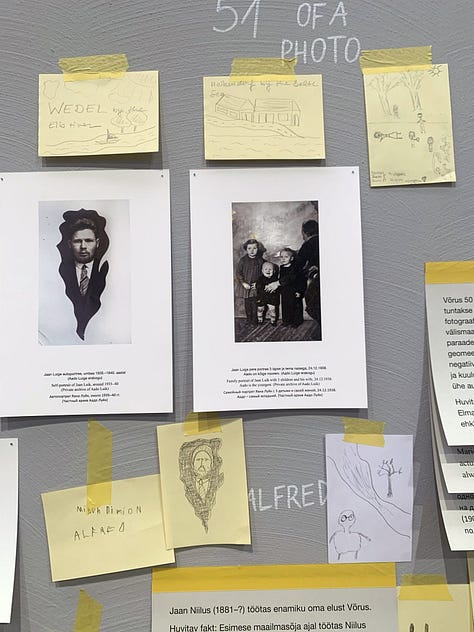
For further information about Maria Kapajeva, please visit her website and Insta pages, but first, spend the next week with Maria by following her takeover of our Instagram page!

